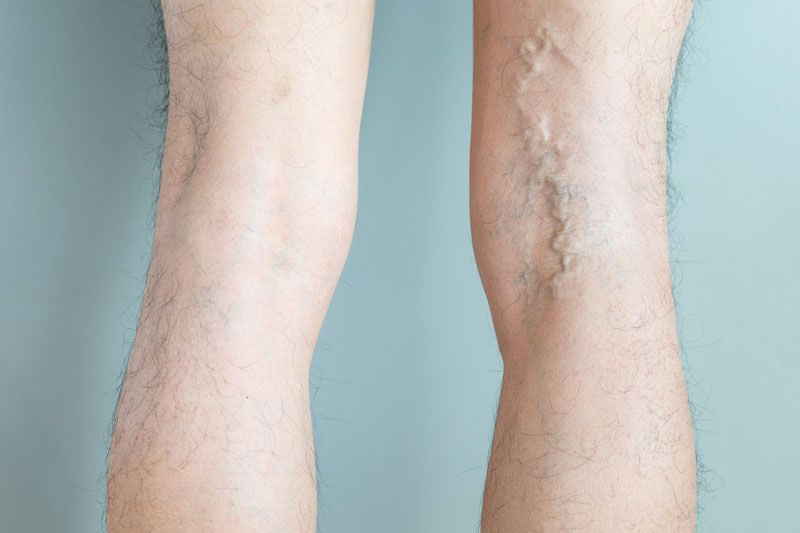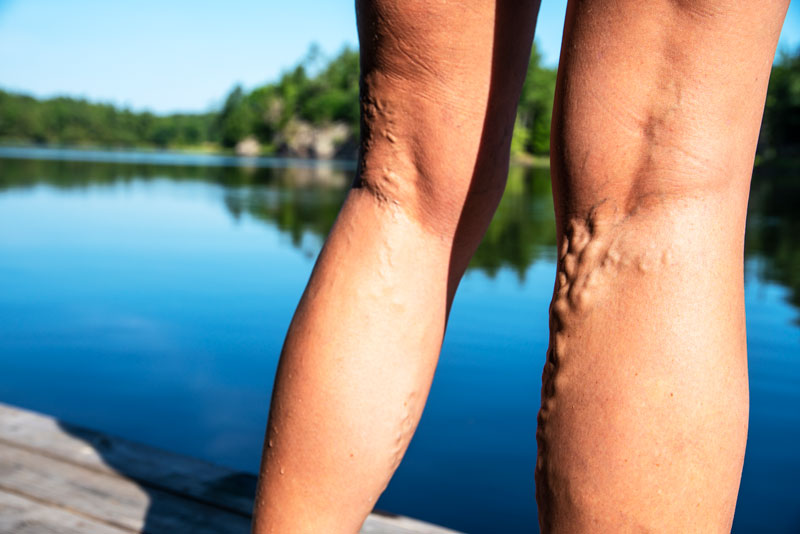Varicose Veins are unsightly enlarged and gnarled veins that you often see on the legs and feet. The reality is that any vein in the body can be affected. They’re most common in the lower body because those veins deal with the most stress in our day to day lives. Despite varicose veins being relatively common, affecting as many as 30 million people in the United States alone, there are still many untruths about them. The following are 7 myths about varicose veins to be aware of:
Myth 1 – Varicose Veins are Just a Cosmetic Issue
While varicose veins may not be pretty to look at they aren’t just a cosmetic problem and come with health risks. Varicose Veins, when left untreated, can lead to simple symptoms like itching and cramping as well as more dangerous conditions like bleeding, ulcers, and deep vein thrombosis.
Myth 2 – Insurance Won’t Cover Varicose Vein Treatment

Varicose veins are a serious condition that impact your circulatory system. Most diagnostic procedures for this condition will include ultrasound imaging to determine how and where a patient’s venous insufficiency is occurring and how severe the condition is. Depending on your individual symptoms, many health insurance plans do provide coverage for treatment. Some health insurance providers will cover treatment of varicose veins with symptoms that include; swollen and painful veins, discoloration, ulceration, leg heaviness and weakness. Health insurance coverage for varicose vein treatment is always determined on a case-by-case basis. A vein specialist can diagnose your condition using a venous ultrasound procedure that is covered by most insurance plans. If you can prove that your varicose veins are negatively impacting your health your insurance may cover treatment.
Myth 3 – Varicose Vein Treatment is Painful
The original method of treatment was “vein stripping,” removal of the damaged vein through an incision. This treatment requires anesthetic and a long and typically painful recovery time due to its invasive nature. Modern treatments are minimally invasive and are quick enough to be done during a lunch break with little to no downtime.
Myth 4 – Recovering from Varicose Vein Treatment is Difficult
Thanks to advancements in medicine, many outpatient treatment options are available. These options can take as little as 20 minutes, don’t require anesthesia, and will have you back to your regularly scheduled lifestyle reasonably quickly. The only recommendation is that patients avoid strenuous activity or heavy lifting for a day or so.
Myth 5 – Only Women are at Risk for Varicose Veins

Although varicose veins are more common in women, men are also at risk. According to the American Society for Vascular Surgery, at least 20 to 25 million American have varicose veins. With 33% of women and 17% of men having been diagnosed.
Myth 6 – You Can Always See Varicose Veins
While the unattractive veins on the surface are the ones that cause distress for most people due to their appearance, varicose veins aren’t always visible. For people who have a lot of fatty tissue between their skin and muscle, the veins may be completely invisible. Even if you have visible varicose veins, the ones you see on the surface might only be a small window into a bigger problem.
Myth 7 – Varicose Veins Always Come Back After Treatment
When you successfully treat varicose veins, they are gone for good, but that doesn’t mean that other veins won’t pop up. You should work towards implementing changes that help keep them at bay. These include maintaining a healthy weight, staying active, adding compression socks to your wardrobe, and getting enough rest to give your vascular system a boost.
Venous insufficiency is a health issue that shouldn’t be ignored. If you notice you are suffering from varicose veins be sure to contact a specialist to discuss the treatment options that would best work for you.


